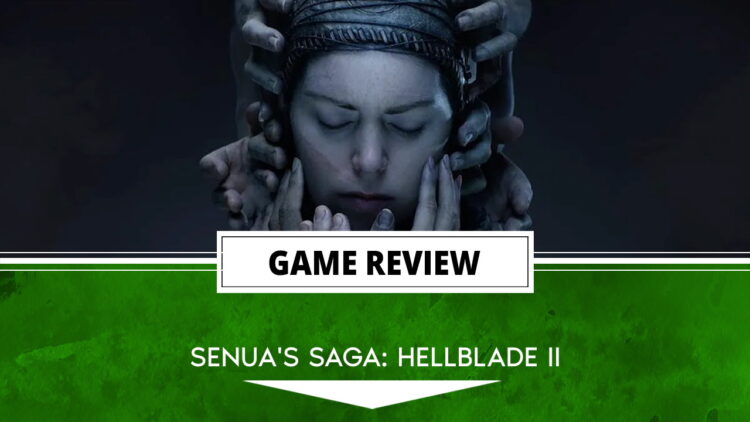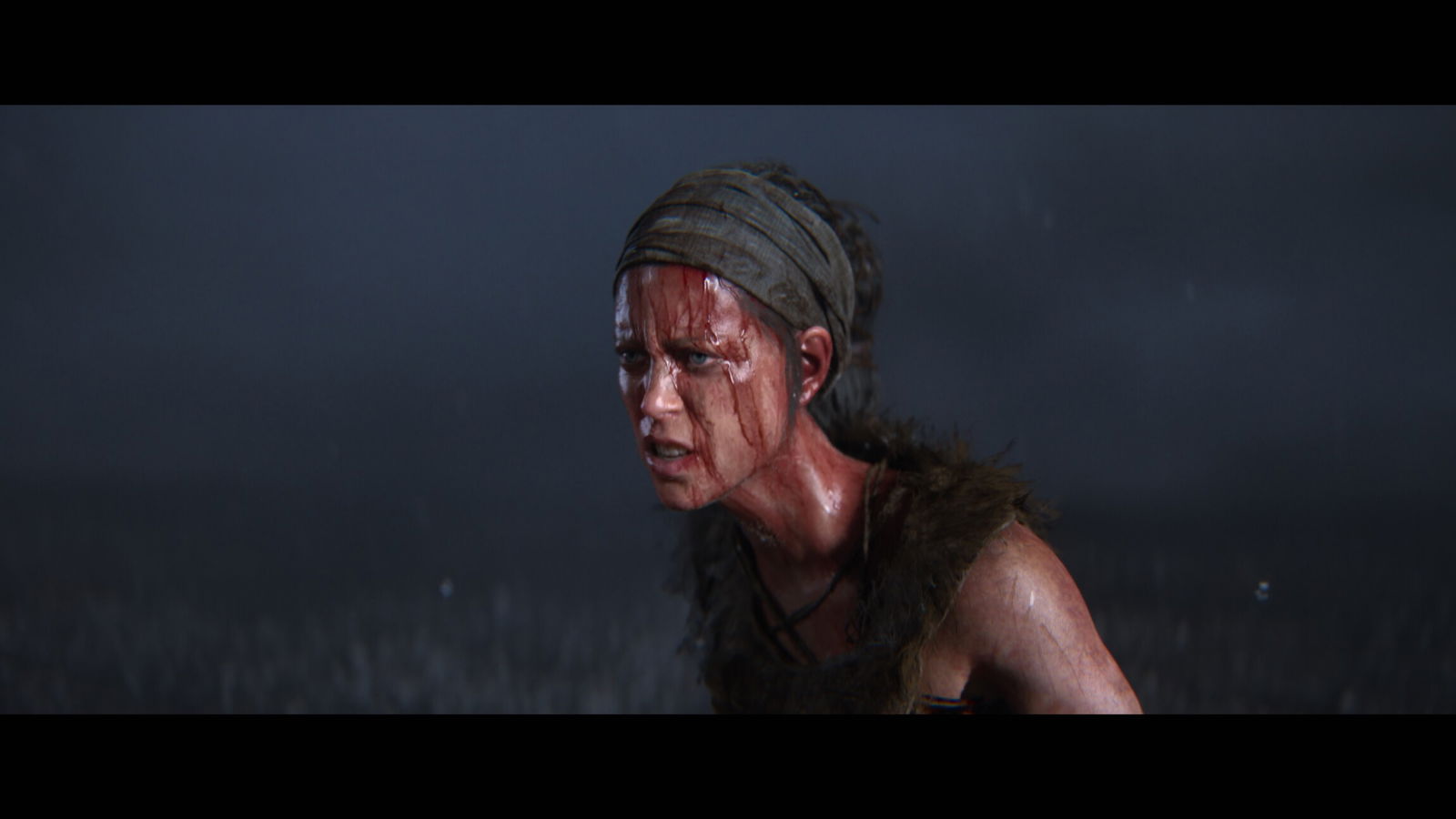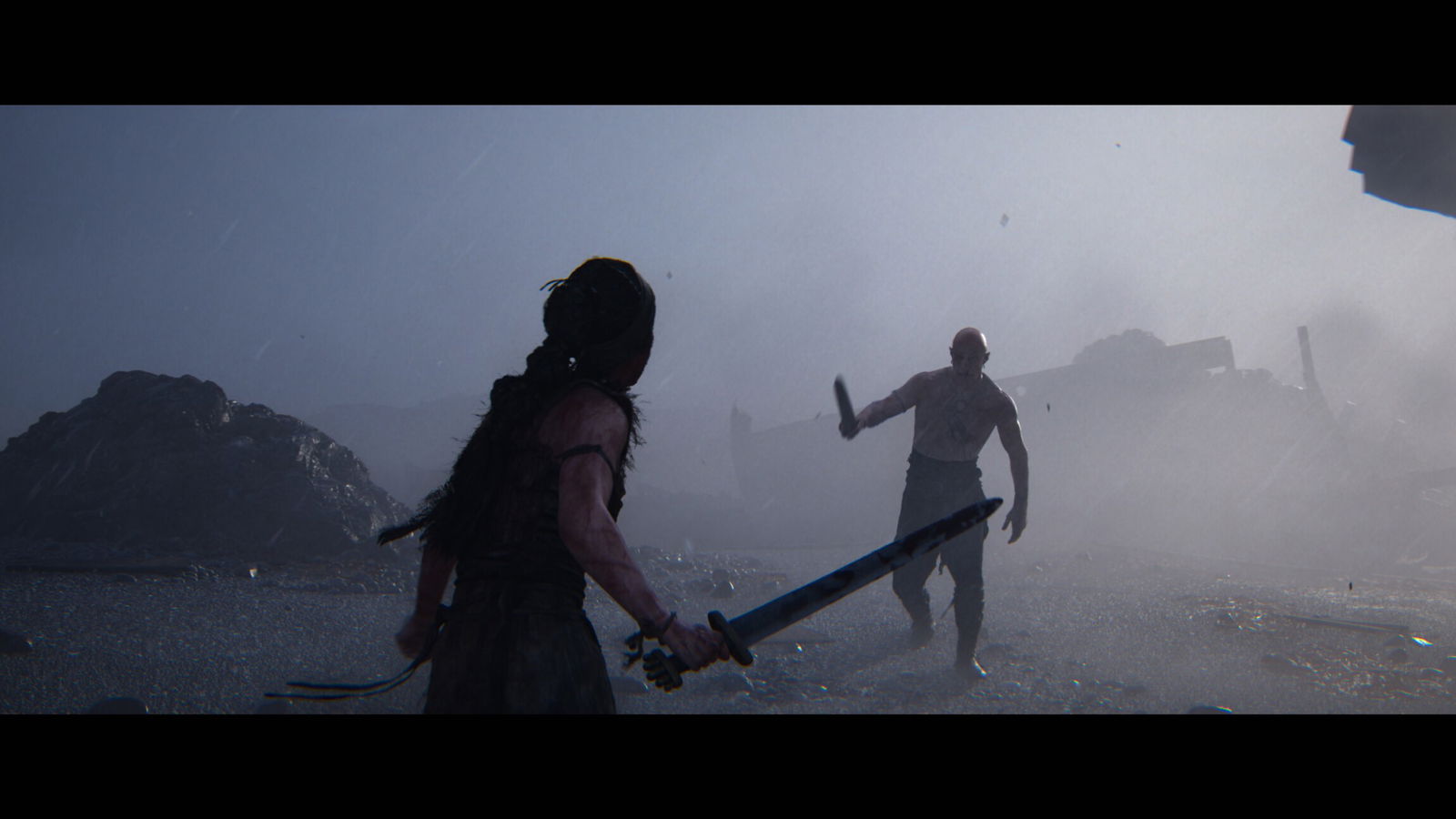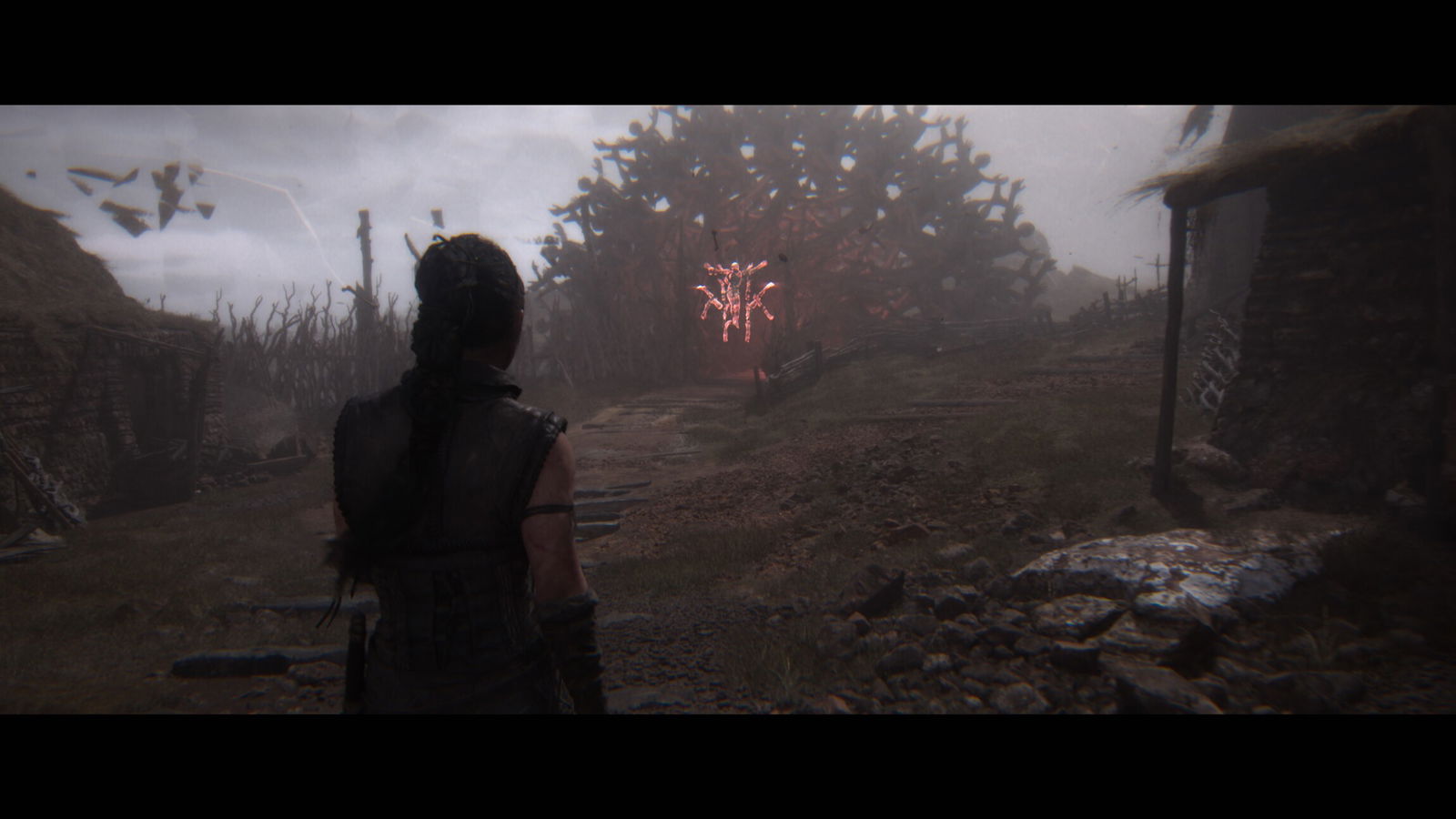The time has finally come; Senua’s Saga: Hellblade II is upon us. Being a fan of the first game, I couldn’t wait to continue Senua’s journey since this sequel was announced at the 2019 Game Awards, alongside the Xbox Series X console reveal. Senua’s Saga: Hellblade II was initially marketed as somewhat of a showpiece for Microsoft’s console, with them talking about how it would show the power of the next-generation Xbox; it has taken some time before the finalized product would materialize. However, after having played it, I completely understand why!
Game Name: Senua’s Saga: Hellblade II
Platform(s): Xbox Series X|S (reviewed), PC (tested), also available on Gamepass
Publisher(s): Xbox Game Studios
Developer(s): Ninja Theory
Release Date: May 21st, 2024
Time to Beat: 8 Hours
Does Exactly What A Sequel Should Do
Upon starting the game, there’s a narrator who recaps the events from the first game, which will help ease new players into the series. While that’s a big help, I’d personally recommend playing the first game if you have time because you will absolutely get more out of this sequel having done so.
I won’t be spoiling any of the story during this review, other than to say that it continues Senua’s journey in the 9th-century fictionalized version of Iceland, inspired by Norse culture and mythology. This direct sequel is set shortly after the events of the first game, where her battle with psychosis still plays a key role. As such, Ninja Theory once again worked with medical experts and people who have lived with psychosis to get this representation right.
Senua’s character development is almost a story of its own, which connects perfectly to the core narrative. This narrative will once again have you questioning where reality begins and Senua’s psychosis ends. The game, being a shorter experience, also allowed for near-perfect pacing. It built up slowly when it needed to and ramped up with importance as each chapter went by. I never once felt bored at any time throughout playing the game, which took me around eight hours to complete.
A Next-Generation Experience
Of course, a story is only as good as how it’s presented. I’m happy to say that Hellblade II excels in this area and sets a new bar that truly felt next-gen.
Firstly, we have the visuals powered by Unreal Engine 5. Every second of this game looks fantastic, from rocks to clothing and, most importantly, the faces. I’ve never seen facial capture and animation quite like this. Every word and emotion felt more real because not only could I hear the emotion and meaning, but I could really see it more than ever before. Every minute, I found myself wanting to open the in-photo mode to take a new screenshot. There was a moment when Senua had to crawl through a particularly tight space, and I could see the stress on her face as she strained to fit through, all while being full of fear.
Secondly, what I heard was outstanding, from the furies inside Senua’s head to the atmospheric haunting yet somber score or the clashing of swords in combat. Everything sounds incredible, and while it’s fine on a TV or a surround system, do yourself a favor and wear headphones or a headset. There is nothing like it, the use of binaural audio combined with modern spatial audio-supporting headsets has resulted in a significant improvement over the superb audio presentation of the first game. Once again, helping to set a new bar for the audio experience in gaming, I felt like I was Senua, versus just playing the role of Senua.
Both of these elements come together to help facilitate arguably the most real-life performances I’ve ever seen. Every wince of pain or word of uncertainty felt like I was actually there having these conversations myself. All of the cast are outstanding, but special mention has to go to Melina Juergens, who steals the show with yet another groundbreaking performance as Senua.
Lessons Learnt
As for gameplay, the core of the experience is very similar to that of the first game. You will walk from point A to B, with some puzzles and combat along the way as well as some additional lore to find.
That being said, Ninja Theory has clearly learned from the weaknesses of the first Hellblade. The prime example of this is combat, which, while functionally similar, now you have a light and heavy attack on the X/Y buttons, with a dodge on A and block/parry on RB. Using your Focus ability on RT in combat will allow you to slow time when the ability is charged. Combat is quite different, due in part to a massive number of new animations and heavier feeling hits. When I hit an enemy, you actually see the physical damage, and the same occurs when Senua gets hit. This is because the game, outside of some puzzle elements, has zero HUD. Every time I got a kill, it felt extremely vicious and gritty, with a variety of different final animations depending on which of the several enemy types you were facing. This realistic grounded approach to violence was a perfect match for the intense feeling combat brings with it.
The biggest change is the annoying situations where you’d be overwhelmed by enemies getting attacked from behind from the first game have been done away with. We now have all combat focusing against one enemy at a time. That might sound like a step back, but the way in which it is presented, especially across bigger battles, makes each fight feel much more important, like its’ own mini-boss fight. Presenting combat in this way, allows it to be part of the cinematic experience rather than completely separate from it.
Puzzles see you trying to line up different symbols to open gates, using different perspectives to open different pathways and a few other surprises. I enjoyed the variety here, with nothing overstaying its welcome, with puzzle elements sometimes combined into a bigger puzzle. There was one that involved lighting or putting out torches that I enjoyed especially because of how this puzzle connected to the narrative at the time. It’s important to stress that puzzles aren’t really hard, but they are designed to get you thinking; that said, if you get stuck, the voices might just help you of a jam.
There’s no denying that Hellblade II is a very linear game but you do have some additional lore you can find. While exploring, you may find a funny-looking rock formation, and focusing on it will open up a hidden path that will likely lead to one of two lore item types. They added nicely to the overall world, and I can’t wait to go back to find them all.
Accessibility
Hellblade II, at the core, is a very accessible game by default due to both the pacing of gameplay and the limited number of buttons it requires. Still, it didn’t stop the developers from adding additional features, from menu narration to subtitles to, perhaps most impressively, a self-play option for both offensive and defensive actions in combat. So, if you want to concentrate more on the exploration and story you can do just that. While Hellblade II isn’t offering as many features as say The Last Of Us 2 or Forza Horizon 5. It doesn’t need as many features since it is more accessible by default and what it does offer allows the game so essentially play itself. Which I personally find very impressive and wish that more games would take accessibility this seriously in their core design.
Technical Performance
The majority of my playthrough was on the Xbox Series X and I have to say it was flawless; no bugs or frame drops. While it was stated prior that the Xbox Series X version is capped at 30fps, I personally didn’t mind this due to the slower-paced cinematic nature of this game. Still, If you are hoping for higher framerates those can be achieved on PC, if you have one that’s up to the task.
While my review was based on the Xbox Series X version, thanks to the magic of Xbox Play Anywhere, I was also able to test the game on my PC equipped with an Intel i9-14900KF processor, paired with a 4080 Super graphics card. During the testing, I was able to achieve 60+fps at max settings using DLSS quality mode to upscale to 4K without frame gen on. Keep in mind the game does seem to force you to use some form of upscaling, at least it has during the review period. Regardless, it doesn’t matter if you ultimately play on the console or PC, the experience of Hellblade II is still amazing.
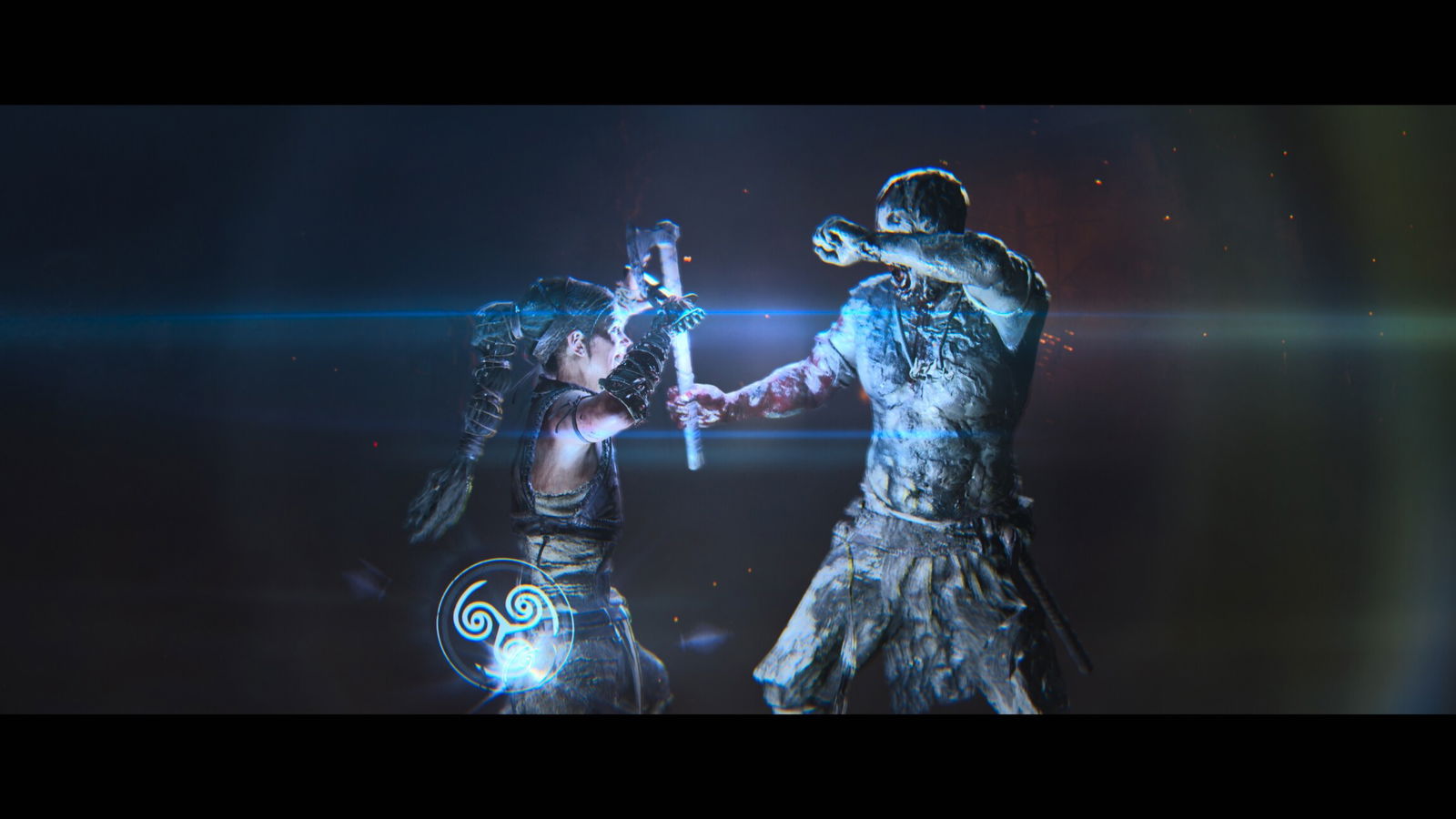
Overall
Hellblade II sets a new bar for performances and presentations that I can see being unmatched for quite some time. Combined with smart improvements to gameplay, the result is arguably the most cinematic, immersive, story-driven experience we’ve ever seen to date. Next-Gen has finally arrived with Senua’s Saga: Hellblade II.
Senua’s Saga: Hellblade II releases on May 21st, 2024, for the Xbox Series X|S, and PC (Steam and Microsoft Store).
Review Disclosure Statement: A copy of Senua’s Sega: Hellblade II from Xbox, for review purposes. For more information on how we review video games and other media/technology, please review our Review Guideline/Scoring Policy.
Affiliate Link Disclosure: One or more of the links above contain affiliate links, which means at no additional cost to you, we may receive a commission should you click through and purchase the item.
Senua's Saga: Hellblade II Review - A Brilliant Leap Forward
Summary
Senua’s Saga: Hellblade II sets a new bar for performances and presentation. Combined with smart improvements to gameplay, it is arguably the most cinematic, immersive, story-driven experience we’ve ever seen.
Pros
- Outstanding Visuals
- Cast Performances
- Unmatched Audio Experience
- Well Paced
- Cinematic, Engaging Combat
Cons
I wish it didn’t have to end
-
Senua's Saga: Hellblade II Review - A Brilliant Leap Forward


